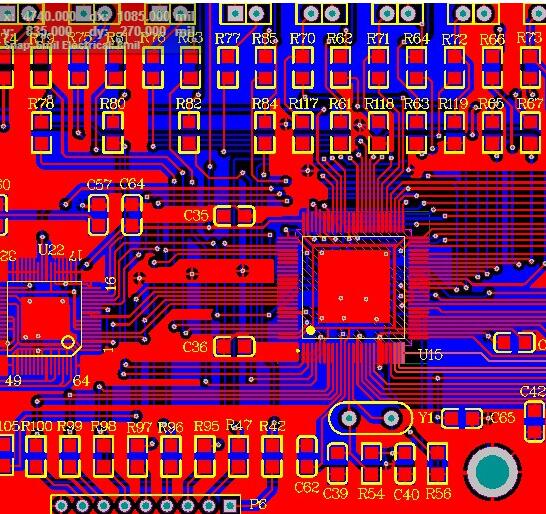PCB assembly printed circuit board and component conformal coating quality inspection
Today I will talk about the quality inspection of PCB assembly printed circuit boards and component conformal coating. The quality inspection of PCB assembly printed circuit boards conformal coating often adopts the IPC-A-610E standard. The standard content editor is described below for everyone.
1. Conformal coating-general
The coating layer of the PCB assembly should be transparent and evenly cover the printed board and components. The uniformity of the coating is related to the coating method to a certain extent, which will affect the appearance of the printed circuit board and the coating condition of the corners. In the SMT chip processing, the components that are coated by the dipping method will have "deposition lines" of coating accumulation, or there will be a small amount of air bubbles on the edge of the board, which will not affect the function and reliability of the coating layer.
2. Conformal coating-coating layer
The coating layer on the PCB can be inspected with the naked eye.
Paints containing fluorescent substances can be detected in dim light, and white light can be used as an auxiliary means of paint detection.
(1) Goal
Good adhesion to PCB assembly components; no cavitation or air bubbles.

The PCB assembly did not detect semi-wetting, powder, peeling, wrinkle (non-attachment area) cracking, ripples, fish eyes or peeling of orange peel.
No foreign impurities; no discoloration or decreased transparency; the coating is completely cured uniformly.
(2) Acceptable
The coating is completely solidified and uniform; the area that needs to be painted is covered with paint; the solder mask is not adhered.
No adhesion loss, no voids or bubbles, no semi-wetting, no cracks, no wavy lines, no fisheyes or orange peeling at the jumpers on the adjacent pads or conductor surfaces on the PCB; foreign matter does not affect the components, pads or conductors The minimum electrical clearance between surfaces.
The coating is very thin, but it can still cover the edges of the component.
(3) Defects
The coating is not cured (shows stickiness)
The area to be coated is uncoated.
The area where the coating layer is needed lacks the coating layer.
Due to the obvious loss of adhesion (graininess), voids or bubbles, semi-wetting, cracks, ripples, fisheyes or orange peeling at the jumpers of adjacent conductors or PCB pads, the surface of the pad or adjacent conductors is bridged, exposing the circuit or affecting The smallest gap between component pads or conductor surfaces, discoloration or loss of transparency.
3. Conformal coating thickness
The sample piece can be the same material as the PCB assembly printed board or other non-loose materials, such as metal or glass.
Wet film thickness measurement is also a method of coating thickness measurement. It obtains the final coating thickness according to the known dry/wet film thickness conversion relationship.
Talking about the quality inspection of PCB assembly printed circuit board and component conformal coating is here, more information is welcome to continue to pay attention!